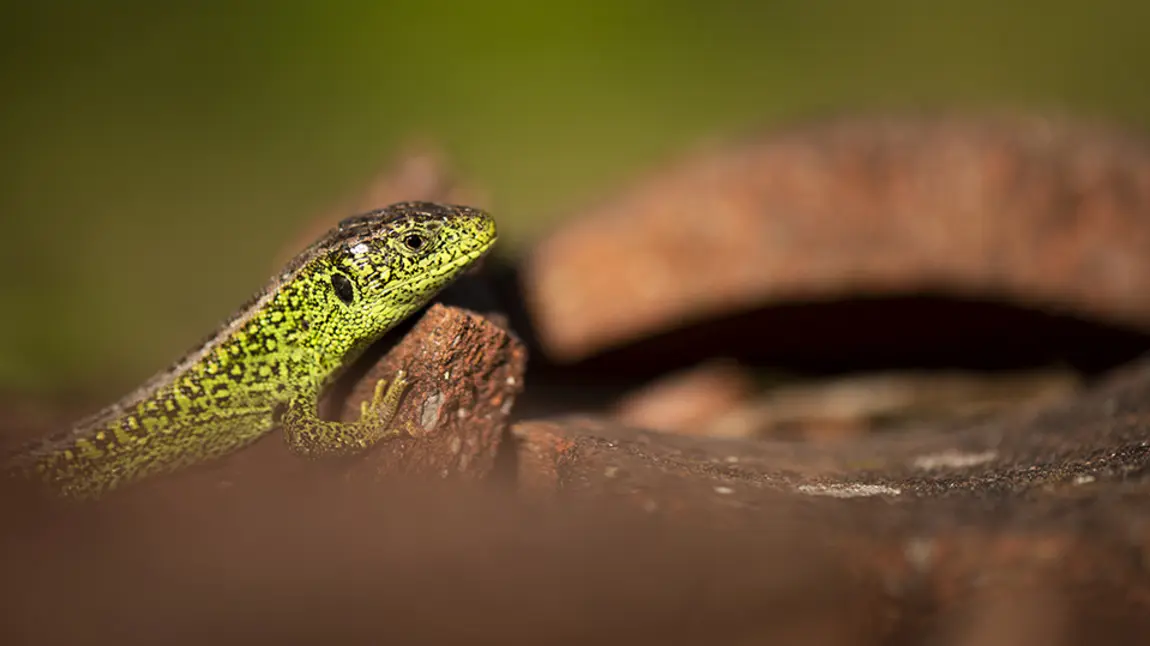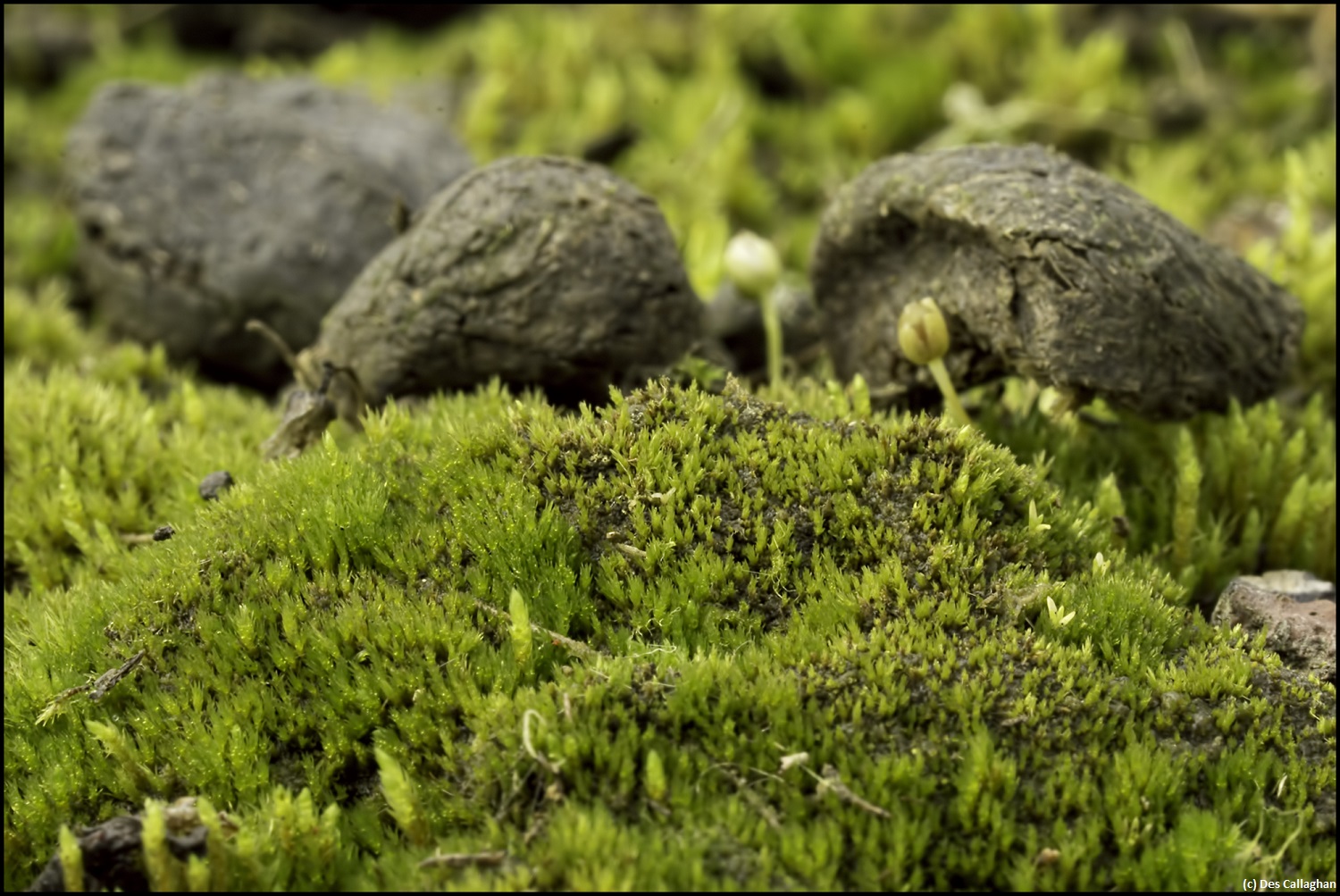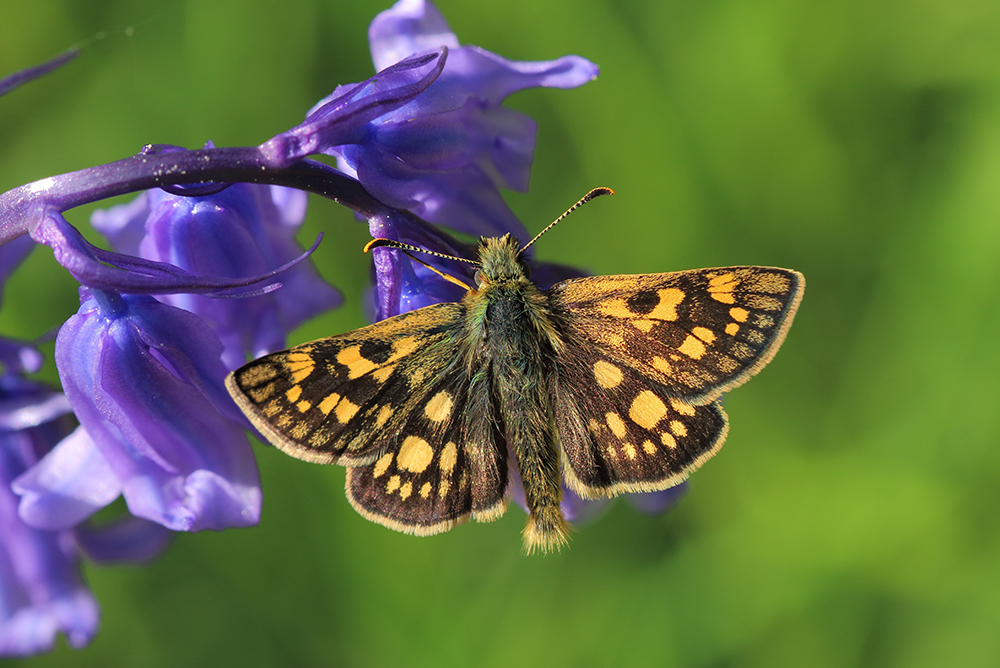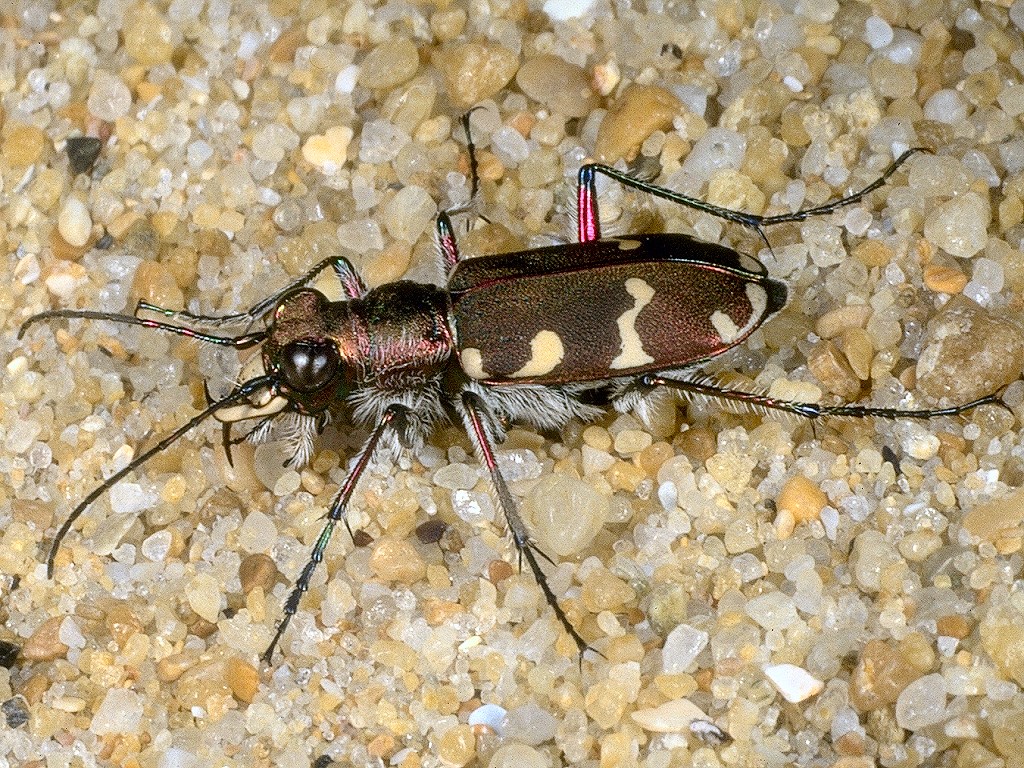Bringing nature back from the brink

Although the news shocked and surprised a lot of people, conservation organisations have long been aware of the challenges facing our natural heritage. We caught up with James Harding-Morris of Back from the Brink, a groundbreaking National Lottery-funded project set up to help reverse this decline.
“Often, when I talk to people about endangered species, they mention tigers, rhinos, albatrosses; the concept that England is home to a range of equally endangered species comes as a real surprise.

“The Grey Long-eared Bat, for example, has an estimated population of 1,000 in England, which makes it rarer here than Giant Pandas are in China. The Violet Click Beetle is known from only two sites in England, the Moccas Beetle from just one, the Royal Splinter Cranefly can only be found at Windsor Great Park, and the Cornish Path Moss covers a mere 0.16m2 of ground in Cornwall - about half the size of a doormat. It is not known anywhere else on Earth.”
Back from the Brink is the first time that so many conservation organisations – Natural England, working in partnership with the Amphibian and Reptile Trust, Bat Conservation Trust, Buglife, Bumblebee Conservation Trust, Butterfly Conservation, Plantlife, and the RSPB – have come together with a single focus in mind; to bring back from the brink of extinction, England’s most threatened species.
Success stories
The project received £4.6million National Lottery funding in 2017 and has already had some notable successes.

“In 2018 our Roots of Rockingham project in Northamptonshire released Chequered Skippers from Belgium onto a secret site – the first step towards re-establishing this butterfly that was lost from England in 1976”, James tells us.
“We captured the first ever footage of a Pine Marten in Northumberland, helping us understand more about the population and range of this species in northern England. We discovered a new site for the Breckland Wormwood (previously known from just two sites) and were delighted to find it hosted an even rarer beetle – the Wormwood Moonshiner, previously known at just one site.”
“Volunteer support has made a tremendous difference, helping us plant nearly 1,000 Barberry bushes this past winter, the sole foodplant for the rare and restricted Barberry Carpet Moth. And volunteers have cleared invasive scrub from Sefton Dunes, creating bare habitat where Sand Lizards and Northern Dune Tiger Beetles can bask and breed.”

Why do we need to save species from extinction?
Sir David Attenborough recently shared his views with Back from the Brink partner Buglife: "If we and the rest of the back-boned animals were to disappear overnight, the rest of the world would get on pretty well. But if the invertebrates were to disappear, the world's ecosystems would collapse."
The recent extinction rebellion protests showed that frustration and concern about threats to our Natural World is widespread, but projects like Back from the Brink can make a difference. James Harding Morris says that working together is key.
“That means working with amazing funders like the National Lottery Heritage Fund, working across the conservations sector and making the best of each partner’s knowledge and strengths. It’s also about working with ordinary people, who can make a huge difference by donating or volunteering at naturebftb.co.uk (volunteering opportunities are also on social media @naturebftb) or just spreading the word that England has wealth of beautiful but endangered species that we should treasure and save.”